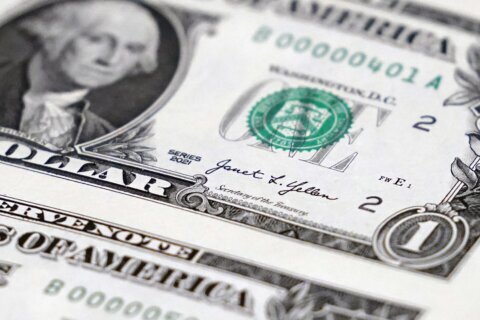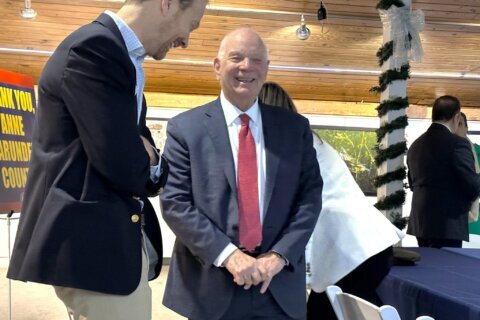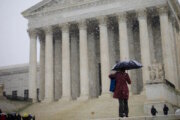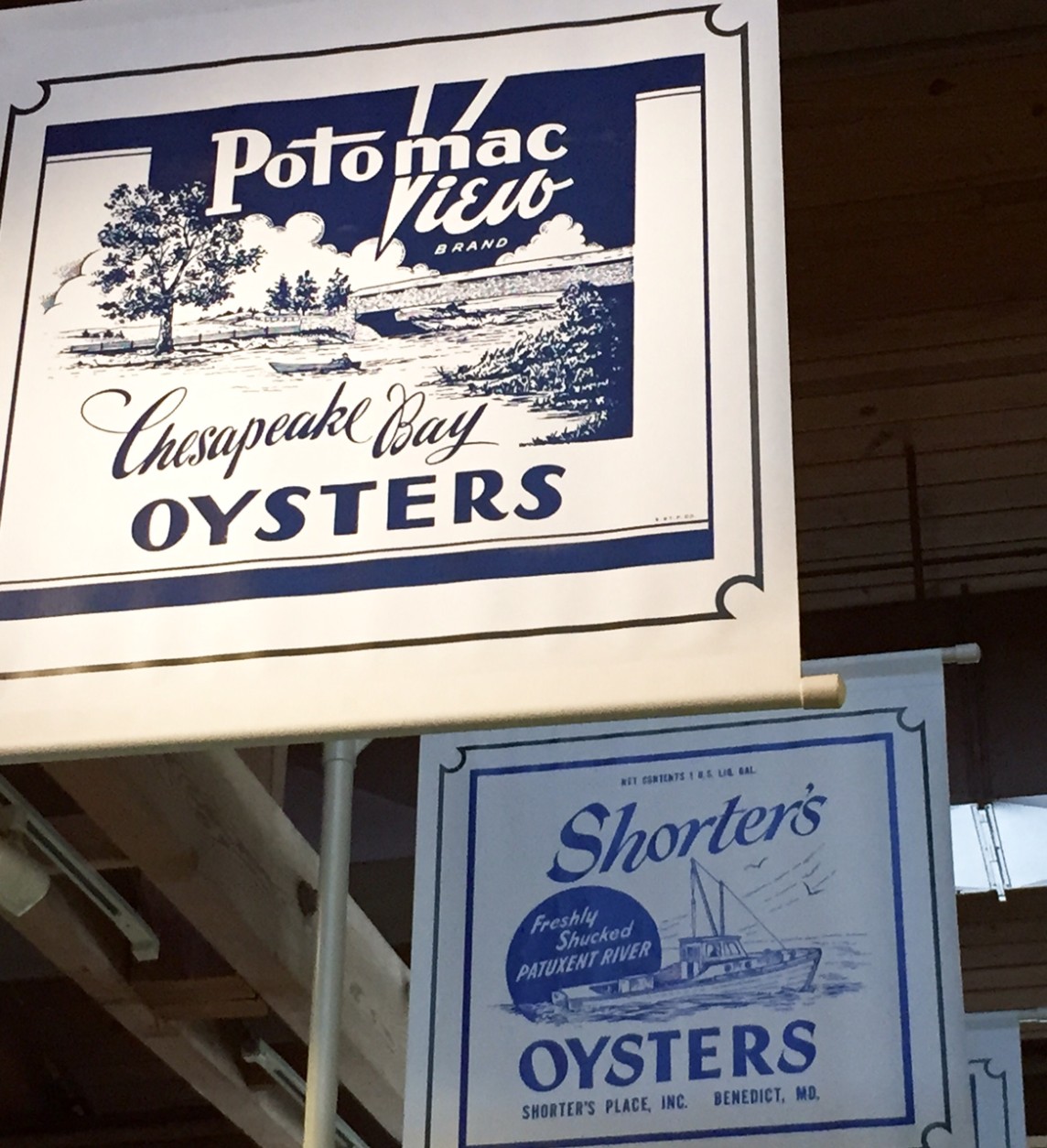
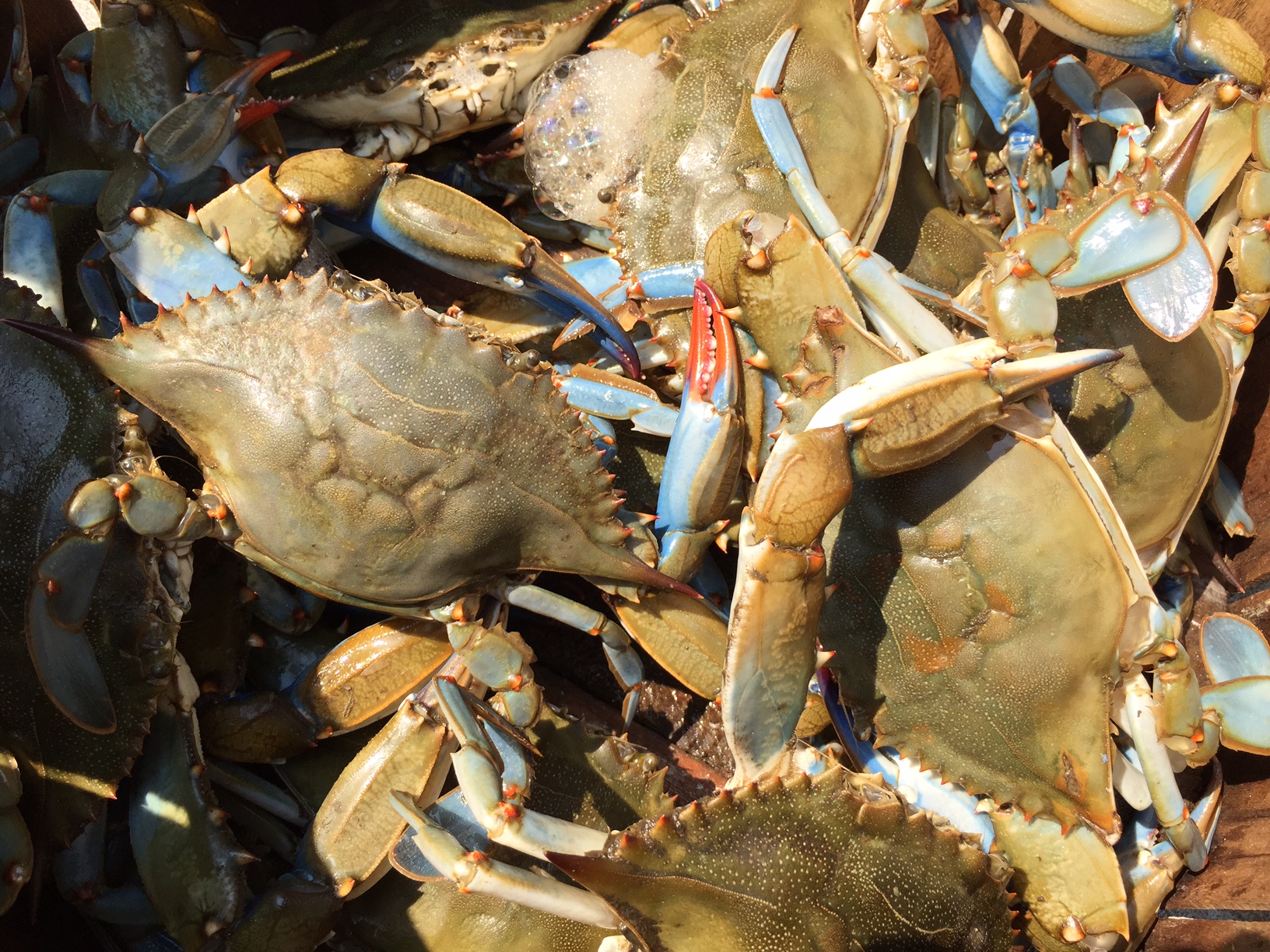
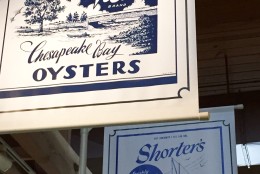
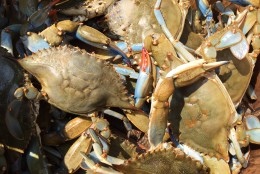
SOLOMONS, Md. — If the scent of Old Bay has you reaching for a bib and a mallet, you can thank watermen such as Charlie Brown who get up long before the sun rises to bring in the Chesapeake Bay’s signature catch: the blue crab.
But making a living by crabbing or harvesting oysters alone in the Chesapeake Bay has become more challenging, so some watermen are finding another way to supplement their incomes while continuing a way of life that goes back generations for many: Up to 120 watermen and their families have signed up to act as tour guides.
These aren’t passive tours: If you book a tour with a waterman such as Captain Charles Brown and his wife, Mary Beth, you’ll be testing your skills as a crabber. First you’ll be handed a dip net and then, Brown says, “the fun begins!” Some participants, he says, end up slinging the crabs right over the top of the boat back into the water. More skilled participants end up taking some crabs home for dinner. Other tours include “water to table” seafood tastings, sailing on a skipjack and visiting oyster beds.
Carly Dean, program director at the Chesapeake Conservancy, says many watermen are natural storytellers. What they sometimes need is some of the expertise of established tourism industry partners. By signing on with the Watermen Heritage Tours, they get assistance in setting up and running their own websites, booking tours and more. But it goes beyond basic business savvy: Being on the water means safety is an issue too. Dean says that’s where the partnership can also help “to link them to certification through the Coast Guard, captain’s licenses, all of those things need to come together to help them enter the tourism industry.”
While the tours give visitors insight into the history and heritage of the Chesapeake Bay, they also help watermen in times when weather and the bay conditions are against them. “I’ve heard from some of the watermen that this season started off a little bit slow,” Dean explains, “so maybe they’re picking up more tours to supplement their income.”
There are a range of tours that visitors can choose from. Charlie and Mary Beth Brown offer a combination tour: Charlie takes visitors out for a session of crabbing; Mary Beth gets visitors in kayaks and takes them on a paddling tour of St Leonard’s Creek.
Mary Beth says it’s practically guaranteed that visitors will spot ospreys, the raptors known to some as “sea hawks,” and she helps them spot the blue herons that fish and wade in the creek beds. “Once in a while we’ll see a skate,” Brown says. Skates are one of the Chesapeake Bay’s less famous residents: They’re cousins of the ray, but smaller. But like rays, they feed on shellfish and glide through the water using their pectoral fins.
Brown says he’s glad that visitors will learn about the watermen’s heritage, but he’s looking forward as well: “The real experience is being here and watching what happens on the waterway, the economy of the waterway.” Brown says many people don’t realize how the bay and the Port of Baltimore are intertwined.
Just as there’s a delicate balance of nature in the bay itself, there’s a balance and a tension between the economic interests of the watermen and the preservation interests of environmentalists. Mary Beth says, “It’s a very complicated situation, and … the watermen, I think, are much more knowledgeable than people give them credit for.”
She says the watermen and the environmentalists share an interest in the health and vitality of the bay, and the tour program is an example of the cooperation fostered by the concerns of both groups.
The program is possible through the partnership of organizations including the Chesapeake Conservancy, the Coastal Heritage Alliance, the Maryland Watermen’s Association and the Chesapeake Bay Maritime Museum.
The list of tours can be found here.


